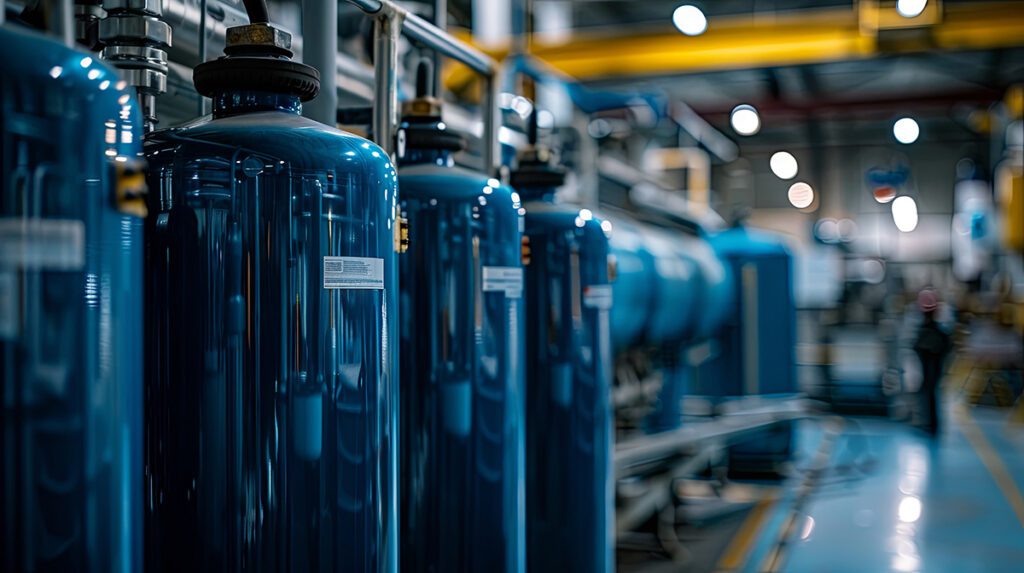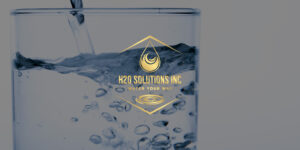
How to Filter Spokane Water Contaminants | Quick Guide
A water quality report for Spokane, Washington, conducted by the Environmental Protection Agency (EPA) and the Environmental Working Group (EWG) in 2024 found 26 total water contaminants in Spokane’s municipal water source.


